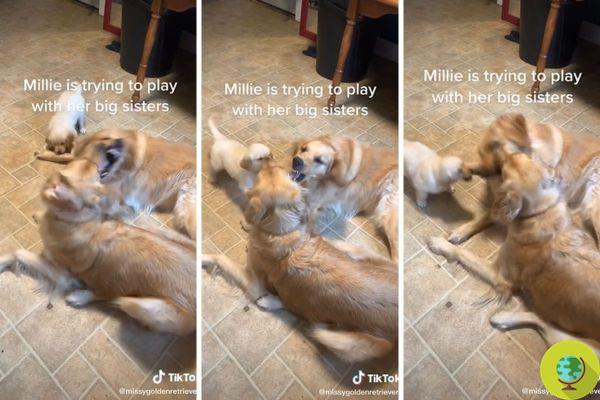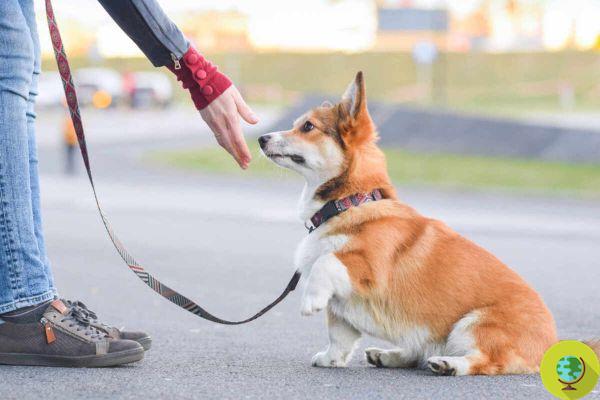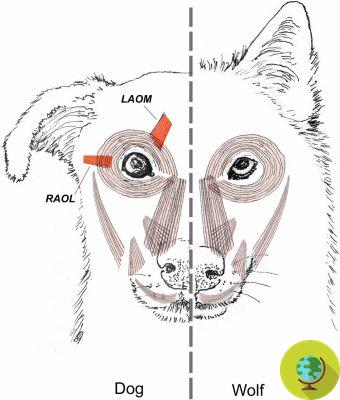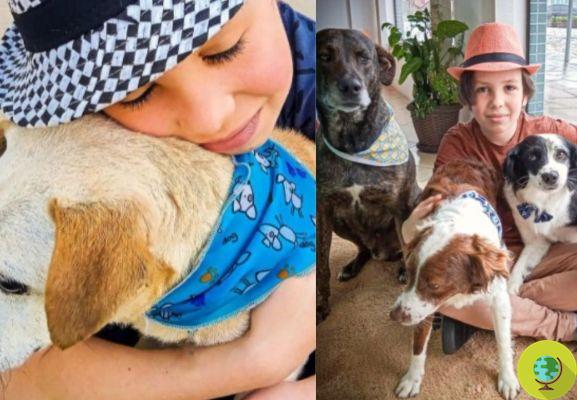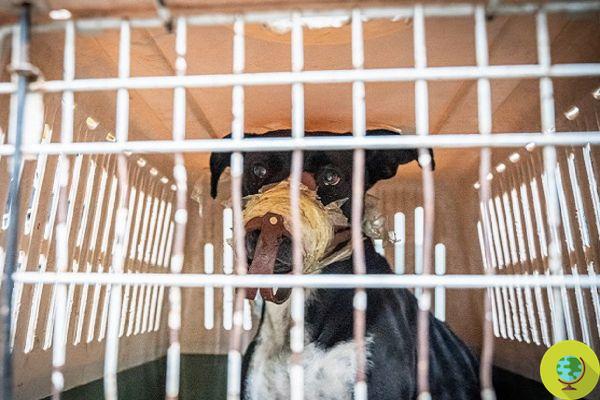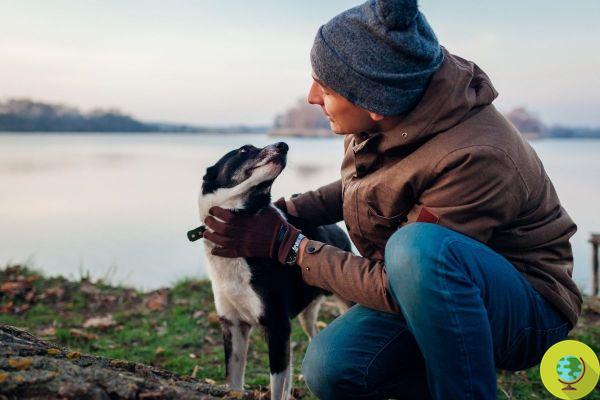
A Brazilian study analyzed how domestic dogs look to owners for food or other desired items
A Brazilian study analyzed how domestic dogs look to owners for food or other desired items, comparing their behavior to that of stray dogs.
Those who live with a dog at home will certainly have been "seduced" by his sweet eyes, which go from looking at us to looking at the object of his desire - be it the baby food, the ball to play or the door to open for going out for a walk - just to let us know that it is that very thing that is looking at what she needs right now. All dogs tend to use this strategy to communicate with their human friends - although there are experiences from the animal's life that can have an effect on that behavior, as researchers from the University of Sao Paulo in Brazil have shown that observed the phenomenon ofalternation of gaze by dogs. The alternation of the gaze is a behavior that prompts the animal to stare at a human being to attract his attention, move his eyes where a desired object or condition is, then look at the human again, all with little. or no head movement.
(Also Read: If You Can't Resist Puppy Dog Eyes, Science Just Told You Why)
The researchers tested 60 dogs of various breeds and ages - some of whom lived in private homes, others were strays and still others came from shelters. Surprisingly, almost all domestic dogs (95,7%) were able to attract human attention in this way, while only 80% of stray dogs used gaze alternation to communicate their own. needs; finally, dogs living in shelters had less contact with humans and interacted even less than strays (58,8%).
The results indicate a strong influence of life experience on the development and use of communicative behavior - he explains Juliana Wallner Werneck Mendes, author of the study. Dogs who spent the most time close to people were also more likely to use communication as a strategy to achieve a desired goal. Dogs from shelters, on the other hand, because they have had less intense interaction with humans over the course of their lives, communicate less with humans.
Just think that until now dogs from shelters were considered unable to communicate with humans: this study, on the other hand, has highlighted how they too have the ability to communicate, despite limited contact with humans. This is the first study on canine communication that compared domestic dogs, stray dogs and those housed in shelters, with the possibility of observing the differences between the three types of animals.
Dog behavior is largely hereditary - explains the author again. - Dogs were domesticated millennia ago, but this should not make us forget the importance of the context in which they live on their behavior: the micro-context (i.e. the lived experience) is as influential as the macro-context (i.e. the evolution of the species). The debate between the role of nature and that of experience has been going on for a long time and we always try to see how much canine behavior is innate and how much is learned by animals.
Follow your Telegram | Instagram | Facebook | TikTok | Youtube
Fonte: Behavioural Processes
We also recommend:
- How often do you take your dog for a walk? Are you sure you're walking with him enough?
- Unexpected household noises make your dog stressed and nervous
- A historic turning point in France, dogs and cats banned in shops, animals in circuses and cetaceans in water parks
- Do you know why dogs smell people's private parts?






